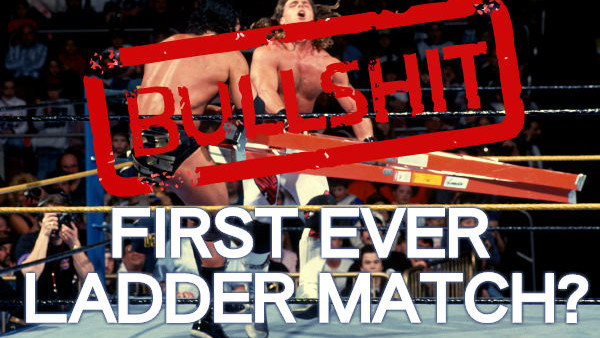20 Biggest Myths WWE Tells About Its History
Bending the truth? Then. Now. Forever.

This may come as a shock, dear readers, but WWE has not been completely honest with you. Leaving aside the predetermined nature of our favourite pseudosport, the world leader in sports-entertainment is also the world leader in fibbing.
Strong words, I know, but stay with me here...
A combination of carny mentality and a vast tape library means that WWE can very easily package and sell their official version of wrestling history. Sure, we get some truly wonderful things like the Network archives and the Hall of Fame, but we pay for it by allowing WWE to be the custodians of their own history.
The following twenty myths are all promoted by WWE as important parts of their official narrative, their sanitised (they might prefer “streamlined”) version of their history.
Some of them are relatively small things, like fudged numbers, but some are comparatively huge misconceptions upon which years of stories were based.
Take a look for yourself...
20. WCW Copied WWE

The Myth: WCW attained what success it did by copying what had worked in WWE.
The Truth: This is true in a limited sense, but the opposite is also true.
When it became apparent that WCW had struck upon a winning formula, WWE scrambled imitate their success. For example, when the cruiserweight division became the talk of the wrestling world, WWE decided to start a light-heavyweight division.
Unfortunately, the results were far from great. While WCW had imported Mexican stars who worked a hybrid junior style that combined American, Mexican, and Japanese elements, WWE just started putting AAA guys on Raw, where they went about their business having trios matches and taking floating bumps to the confusion of fans and commentators alike.
When the nWo began teasing a "third man", WWE built an episode of Raw around Ahmed Johnson and Shawn Michaels doing the same, including saying that exact phrase a number of times. D-X was clearly an imitation of (and commentary on) the nWo.
They even went as far as literally promoting Diesel and Razor Ramon cosplayers. Then there's the whole Gillberg thing, but that was all because someone thought that Goldberg was a copy of Steve Austin. The list of similarities and differences and who copied who goes on and on...
Got a headache yet?